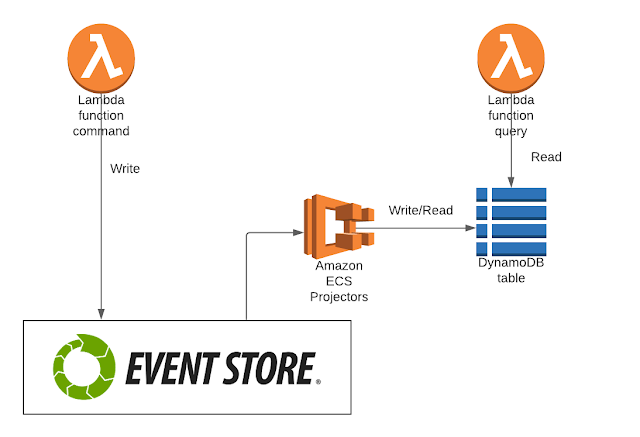Performance improvement for EventSourcing/CQRS with Snapshots

Introduction to Event Sourcing and CQRS The fundamental idea of Event Sourcing is ensuring that every change to the state of an application is captured in an event object, and that these event objects are themselves stored in the sequence they were applied for the same lifetime as the application state itself. (For more information about Event Sourcing I recommend this post written by Martin Fowler ). Based on my experience working with Event Sourcing, having the sequence of events allows you to perform awesome functionalities, like time travelling or replaying your events into multiple storage technologies. However, it can be tricky for some scenarios. To explain this better, I need to introduce Event Sourcing working together with Command Query Responsibility Segregation (CQRS). If you are not familiar with CQRS, the idea behind it is splitting commands (write operations) from queries (read operations), so they can work independently. (more info about CQRS in this post ). CQRS an...
